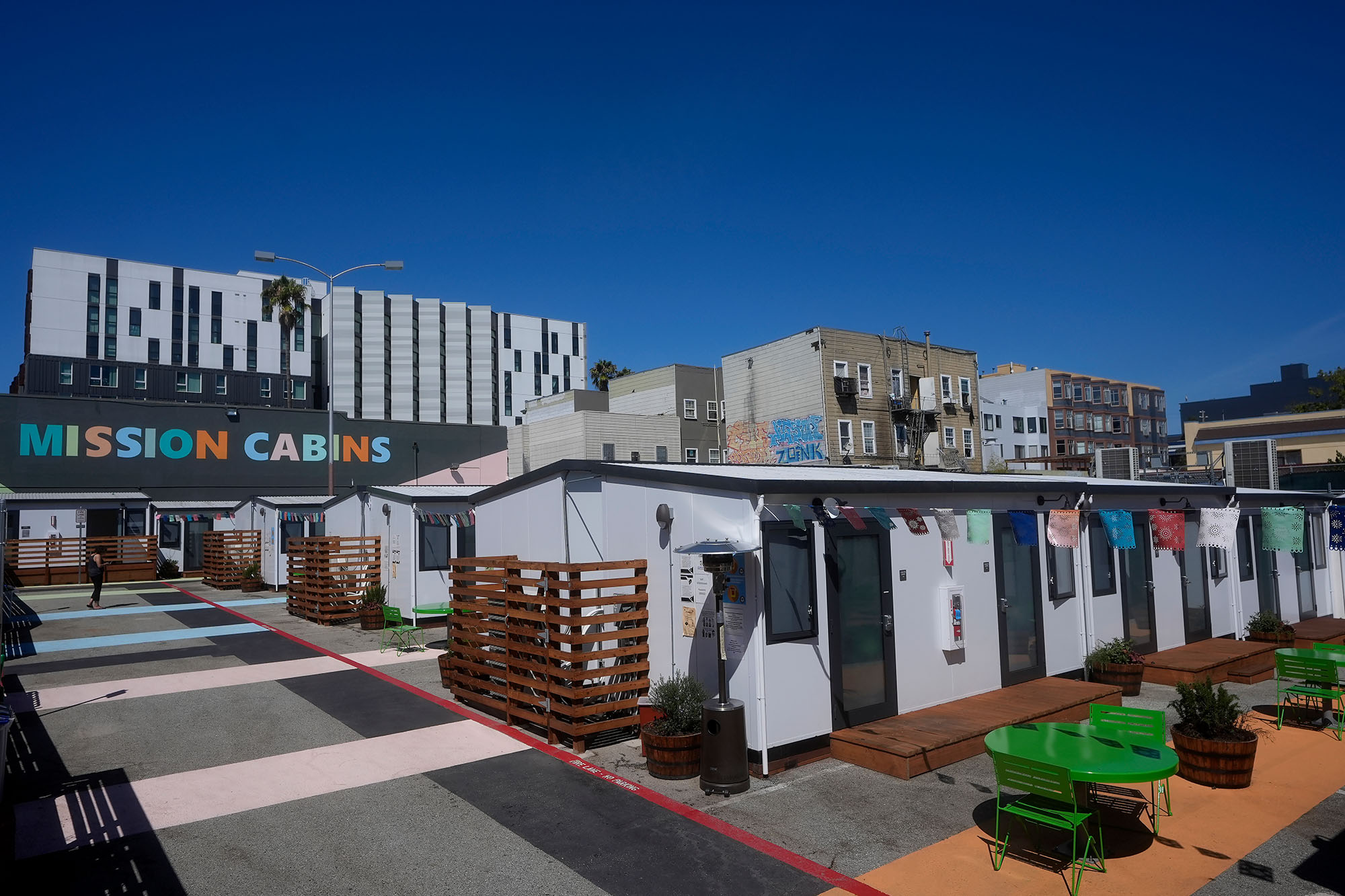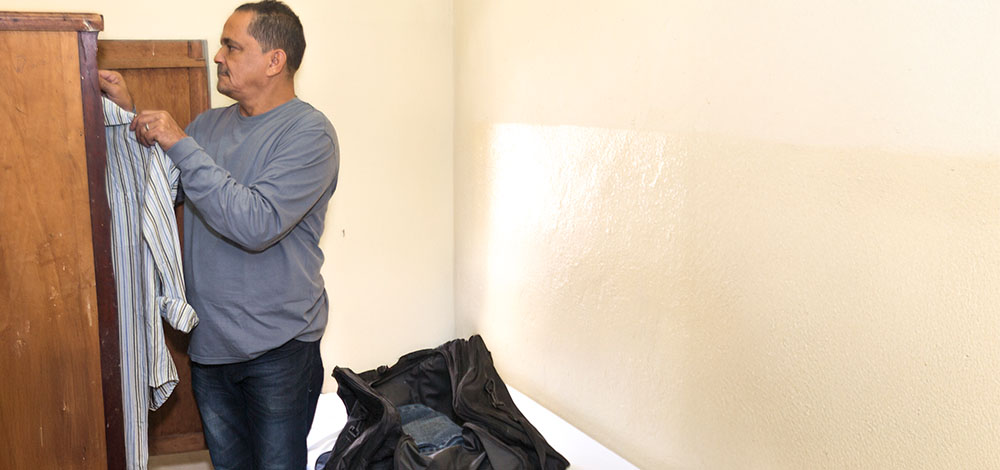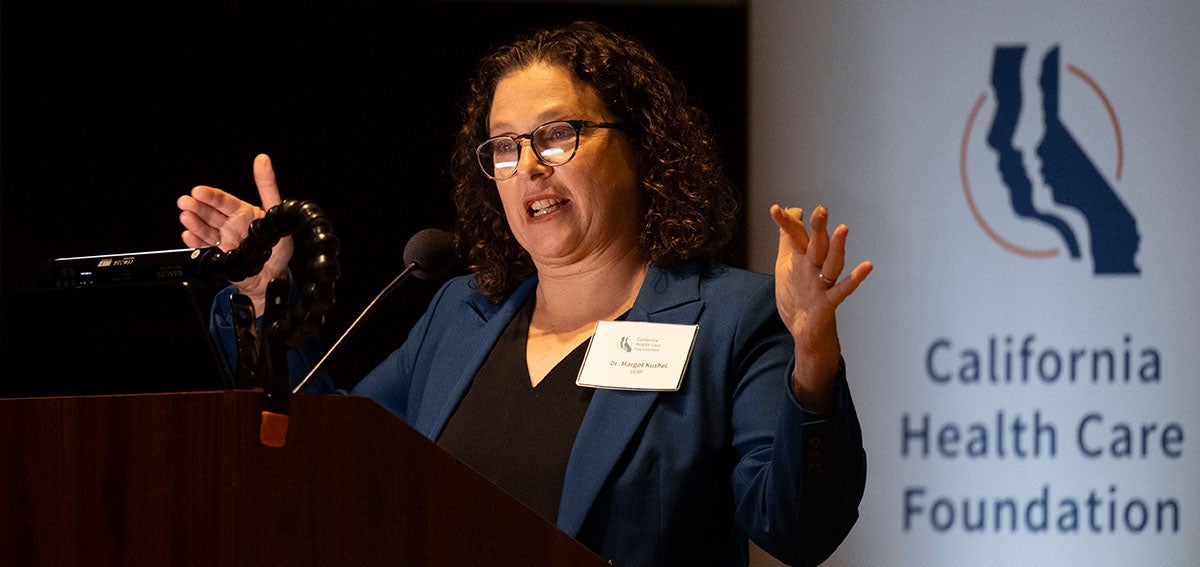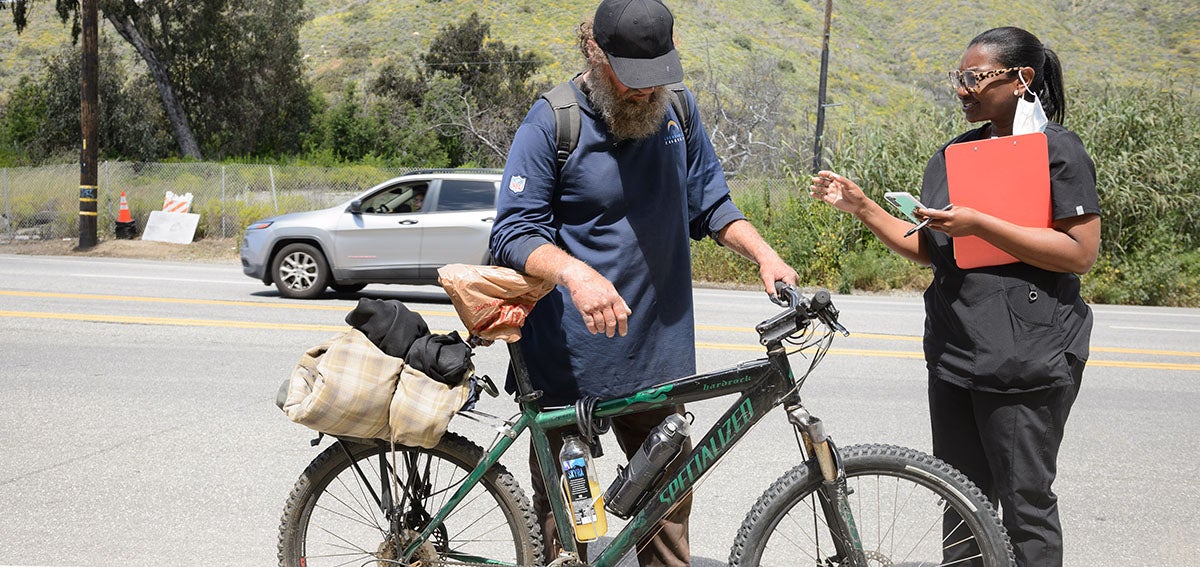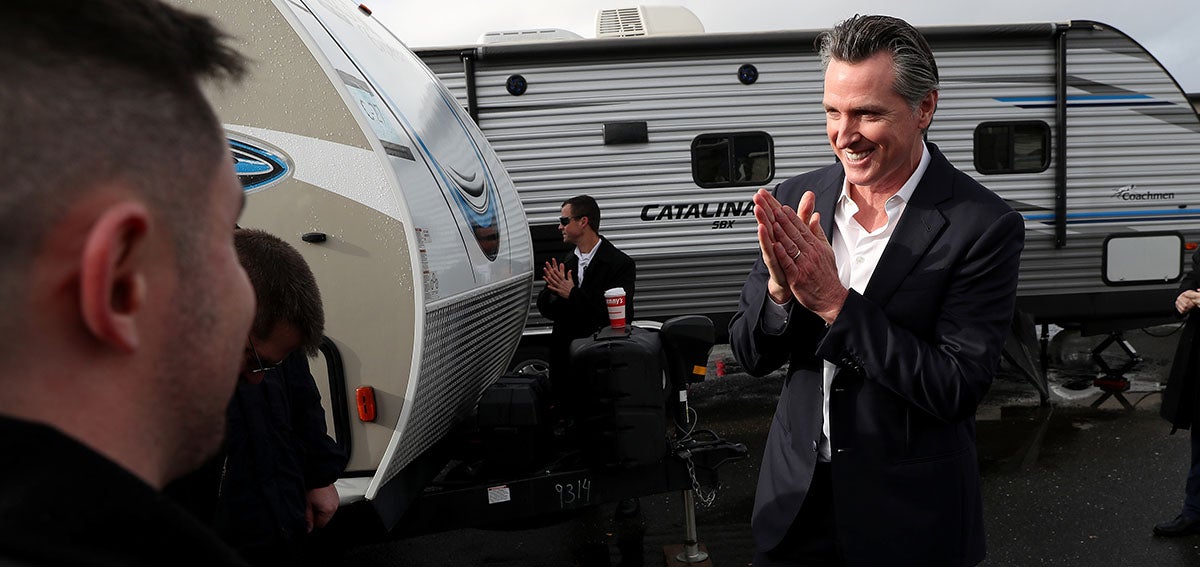

Governor Gavin Newsom made an unconventional move in his second annual State of the State address — he devoted almost the entire speech to California’s housing and homelessness crisis. It is clearly on the minds of many Californians. A recent CHCF and SSRS statewide poll found that more than 8 out of 10 state residents say addressing homelessness is an “extremely important” or “very important” issue.
“The problem has persisted for decades — caused by massive failures in our mental health system and disinvestment in our social safety net — exacerbated by widening income inequality and California’s housing shortage,” Newsom said during the 42-minute speech. He then outlined several mental health and housing proposals to assist people experiencing or at risk of homelessness.
Here are some of the health and housing proposals to watch from the governor’s speech on February 19, 2020.
Taking Aim at Transforming Medi-Cal
The governor’s proposed 2020–21 state budget includes $695 million for the first year of California Advancing and Innovating Medi-Cal (CalAIM). The initiative aims to transform Medi-Cal by coordinating physical health, behavioral health, and social services for members, among many other efforts. (See CHCF’s collection of tools and resources on CalAIM.)
“This landmark proposal calls for leveraging Medi-Cal as a tool to help California’s most vulnerable residents: the homeless, our children, and people cycling in and out of the criminal justice system,” Newsom said in the speech. “Health care and housing can no longer be divorced. . . . Doctors should be able to write prescriptions for housing the same way they do for insulin or antibiotics.”
Increasingly, the health care safety net has been called upon to expand its scope of services, screening for unmet social needs like housing insecurity and referring people to social services. And Californians want their communities to be equipped to help people experiencing homelessness. CHCF’s poll revealed strong support for providing local communities with more tools to connect people who are experiencing homelessness to mental health care and social services.
The poll also sought to understand how Californians perceive the relationship between mental health and homelessness. More than half of Californians think mental health problems are more likely to cause homelessness than the other way around, but research by the California Policy Lab (PDF) suggests this may be a misconception.
The researchers found stark differences between people who are homeless and unsheltered versus those who are homeless and sheltered. Among people experiencing homelessness, those who were unsheltered were nearly three times more likely than those sheltered to report that mental health conditions contributed to their loss of housing. The data find that the majority of people experiencing homelessness but who have shelter do not have a high prevalence of mental health problems.
It’s important not to reduce homelessness to a mental health issue, Catherine Teare, associate director of CHCF’s high-value care team, told Claudia Boyd-Barrett in the California Health Report. The primary driver of homelessness is a lack of affordable housing, Teare said.
A Plea for Reform
The governor made a plea to reform the Mental Health Services Act (MHSA), which was passed by voters in November 2004 to help counties expand mental health care. The law levied a 1% tax on millionaires, but Newsom said that its resources “too often don’t reach the people who need it the most.” He seeks reforms in the MHSA to focus funding on people experiencing homelessness, among other groups.
Newsom also said that counties are not being held accountable for spending the funds. Counties have until July 1, 2020, to spend any funds they have held in reserve over the 33% cap allowed in legislation passed last year, or the funding will revert to the state. Currently, 40 out of 58 counties maintain reserves above the cap.
“That is over $160 million unspent that could get people off the streets and into treatment,” Newsom said. “Spend your mental health dollars by June 30, or we’ll make sure those dollars get spent for you.”
He also signaled interest in expanding MHSA to pay for substance use disorder treatment.
Housing Arrives in Areas of Greatest Need
On the housing front, Newsom laid out multiple steps to increase emergency response shelters across the state. He announced the procurement of a second round of Federal Emergency Management Agency trailers, which will be deployed to house people experiencing homelessness in the city of Stockton and in Contra Costa, Riverside, Santa Clara, and Sonoma Counties. The first round of trailers was delivered to Oakland and Los Angeles in January.
The governor also released the locations of 286 state properties like vacant lots and fairgrounds that the state is allowing local governments to use for free as sites for housing unsheltered people.
Newsom mentioned investing in new models of homeless housing like hotel/motel conversions and tiny homes, which CalMatters reporter Matt Levin noted are significantly cheaper than building new permanent housing. “We’ll cut the red tape to get to ‘yes’ on these innovative approaches,” Newsom said.
Beyond these emergency measures, Newsom acknowledged the need for housing reform. Last year, he signed AB 1197, which exempted shelters and supportive housing from environmental review in the city of Los Angeles. In his State of the State, Newsom asked the legislature to send him a bill that would expand the law to all shelters and supportive housing statewide.
He also mentioned the new California Access to Housing and Services Fund, to which he allocated $750 million in his proposed 2020–21 state budget. “With this nation’s first statewide housing fund, we can braid together state and philanthropic dollars as well as health care, mental health, and social services — paying for housing, not overhead, by capping the administrative costs at 10%,” he said.
To hold local governments responsible for results, Newsom proposed strict accountability via a unified homelessness data system, comprehensive audits, and a “do it or lose it” policy for funding.
“It’s time for the failed policy of ‘not my problem’ to be replaced with one of shared responsibility across every sector and every community,” he said.
What stood out to you in Newsom’s State of the State? Email me.
Authors & Contributors


